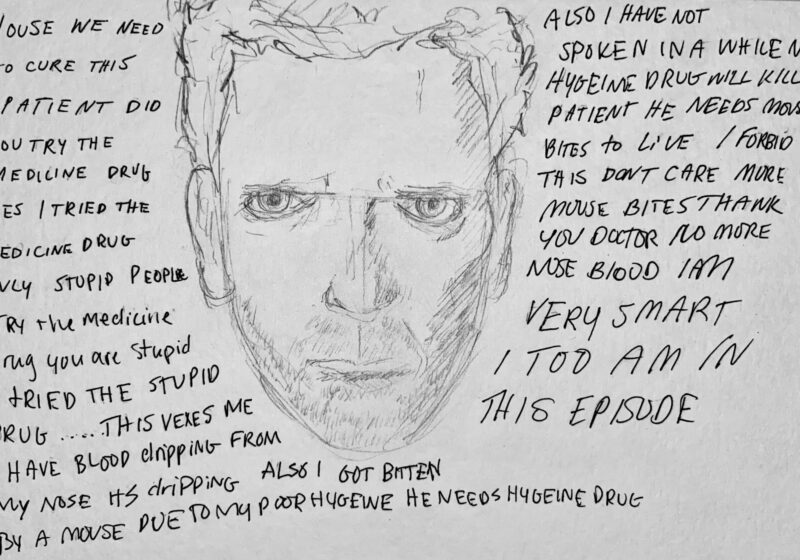When the idea of affirmative action was first established in the 1960s, the goal was to ensure equal treatment of applicants and employees “without regard to their race, creed, color or national origin.” Somewhere in the past 50 years, however, that goal has been misconstrued into measures aimed only at creating a positive image of diversity in our education systems while, at the same time, furthering the divide between racial groups. It appears that our society puts so much store in external appearance that we consider diversity to be nothing more than skin-deep. When I think of diversity on a college campus, I think of an assortment of opposing opinions and distinct beliefs. I don’t necessarily see a student body priding itself on its racial heterogeneity. But unfortunately, this is the only aspect of diversity that affirmative action promotes.
Modern initiatives advocating that race should be a factor in educational admissions processes – such as the Supreme Court’s ruling in 2003 that upheld a race-based University of Michigan Law School admissions policy – do little more than create a staged diversity that accepts people based on where they come from instead of emphasizing where they want to go and what they strive to be. In trying to create equality in our education structure, we have actually created an unfair system based on characteristics that are beyond an applicant’s control. How can we say that different treatment can create equality when the concept of “separate but equal” has been deemed unjust?
If we were truly trying to level the playing field and allow everyone equal opportunity to equip himself or herself with the best education, we should start with the source. Our government should focus significantly more resources on bringing underprivileged neighborhoods and their primary and secondary educational institutions up to par instead of trying to assist the perceived victims of these disadvantaged districts at the collegiate level. Until this enables students in secondary schools to all be judged equally, however, more assistance should be credited to prospective students based on their socioeconomic status. After all, doesn’t it make more sense to award extra merit to a person who has persevered through struggles as a result of an impoverished upbringing than to award superior status based on the color of an individual’s skin?
In concluding that minorities need extra support in order to succeed, we are also devaluing the prowess of all the individuals included in this classification. We are taking away from their accomplishments by embedding in them a morsel of doubt that their success is only a byproduct of their race.
Furthermore, by treating individuals as members of groups based on the color of their skin or the thickness of their accent, we are simply perpetuating separation between races. And, in separating – even isolating – certain groups from others, no matter the intentions, we are telling ourselves that it is all right to group people based on the color of their skin and assign certain labels to these factions.
Overall, it is frustrating to see that the initial intentions of affirmative action have become so jaded simply because our education system is more obsessed with creating an image of diversity than pursuing the concept of equality. But I suppose that image is everything, right?
Hilfinger is a member ofthe class of 2010.





